Have you ever wondered why balls bounce? This activity uses differently shaped balls to investigate how and why balls bounce differently.
I’ve included FREE instructions for a science investigation to find the bounciest ball with a handy table for recording results.
Balls to use:
- Rugby ball
- Football
- Tennis Ball
- Ping pong Ball
- Basketball
- Squash ball
Look at the differently shaped balls and try bouncing them on the floor. What do you notice?
Things to think about
Which ball do you think will be the hardest to bounce in the direction you want it to bounce?
Are there any similarities between the balls that bounce the highest? What kind of sport are they used for?
Can you bounce each ball into a container? Are some harder than others? Is this related to the type of game they are usually used for?
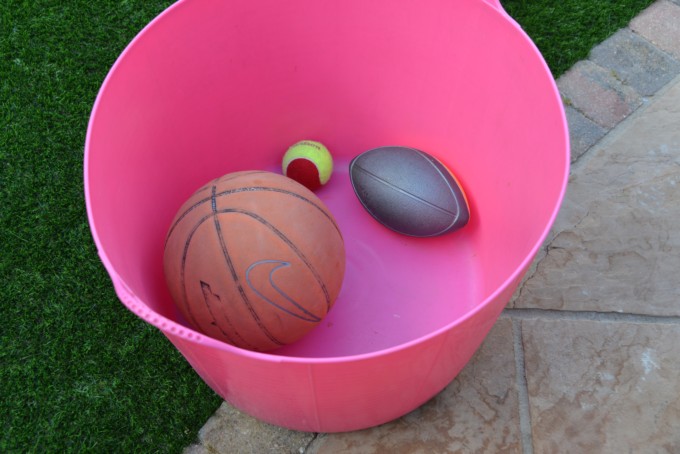
Why do balls bounce science investigation
This simple science experiment investigates how the shape and size of a ball affects how far and for how long it bounces.
You’ll need
Pen and paper
Different types of balls
Tape measure
Chalk
Instructions
Look at the different types of balls and try bouncing them gently on the floor.
Place the balls in order from most bouncy to least bouncy.
Use a long ruler or tape measure and chalk to mark heights of 0.25m, 0.5m, 0.75m, 1m, 1.25m, 1.5m and 1.75m on a wall outdoors.
Drop the balls gently one by one and record the height of the first bounce. Try to use the same force each time and drop each ball from the same height.
Record the number of bounces each ball makes before stopping.
Repeat 3 times for each ball and calculate the average height reached and number of bounces.
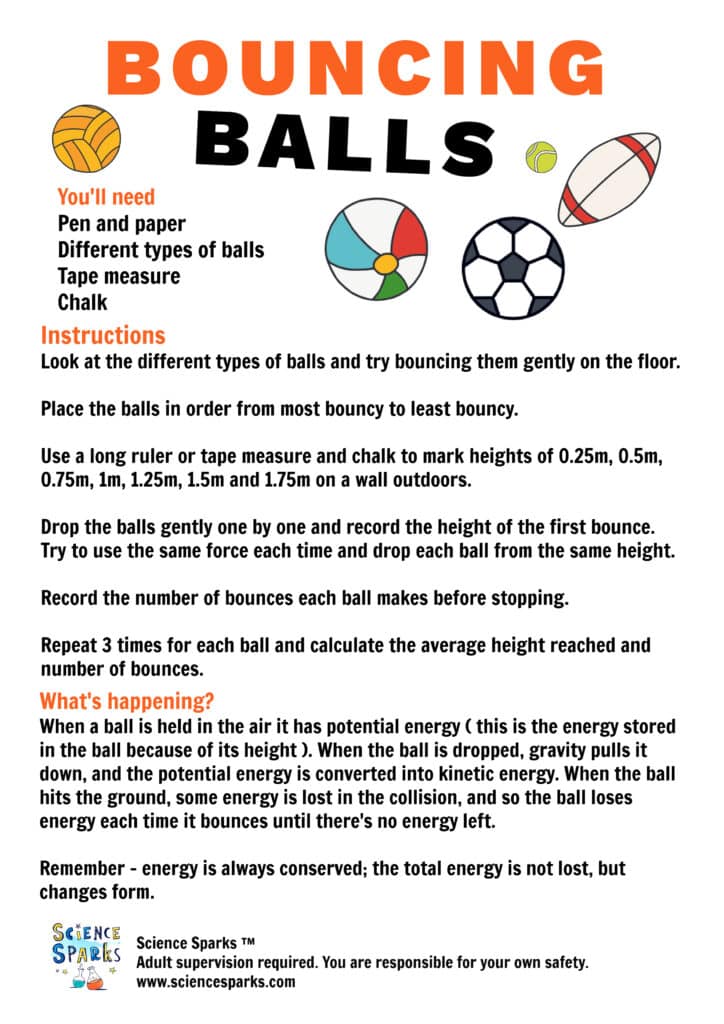
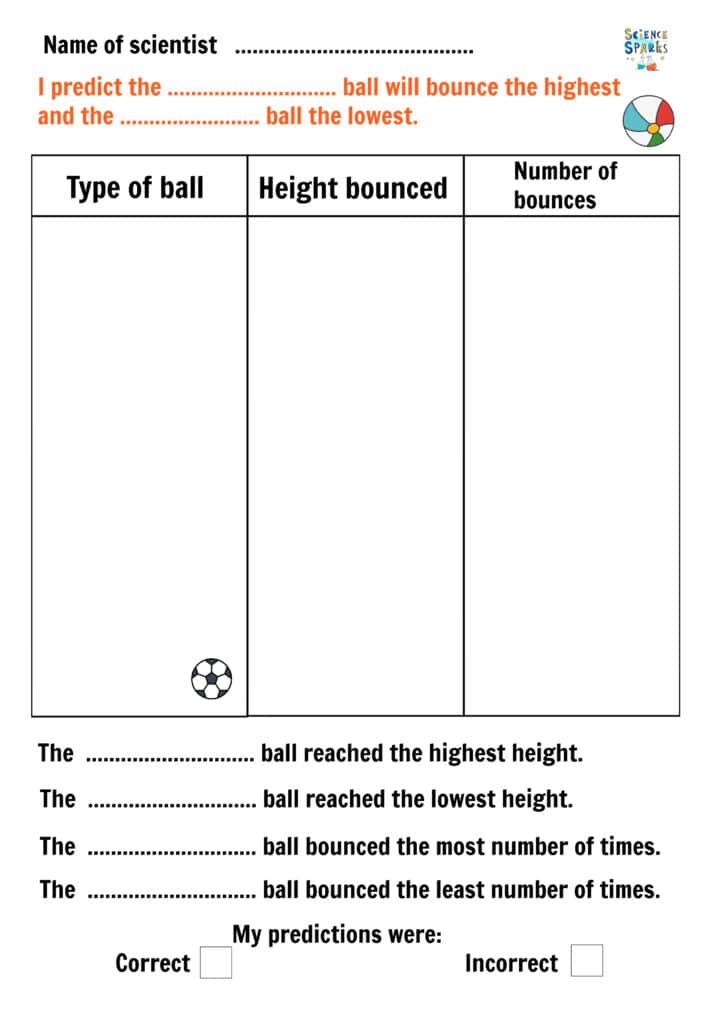
More investigation ideas
Try dropping the ball without extra force and then applying force to find out when it bounces higher.
Observe which balls jump straight upwards and which bounce off at an angle.
Remember – when comparing how different balls bounce, consider the conditions you should keep the same, such as the height from which the ball is dropped and the force used to drop it.
Why do balls bounce?
When a ball is dropped, gravity pulls it toward the ground, slowing it down so that each bounce is shorter and shorter until, eventually, the ball stops bouncing.
The force of the ball hitting the hard ground puts an equal force back onto the ball, meaning it bounces back up. This happens because balls are made from an elastic material, allowing them to be squashed or stretched and then return to their original shape. If the ball was made of a softer material, like plasticine, it would be squashed on the ground and wouldn’t bounce back up, or if it were made of a hard material, such as glass, it would break when dropped.
Why do balls stop bouncing?
When a ball is held in the air, it has potential energy ( this is the energy stored in the ball because of its height ). When the ball is dropped, gravity pulls it down, and the potential energy is converted into kinetic energy. When the ball hits the ground, some energy is lost in the collision, and so the ball loses energy each time it bounces until there’s no energy left.
Remember – energy is always conserved; the total energy is not lost, but changes form.
Extension ideas
Try bouncing your balls on different surfaces to investigate how changing the surface, changes the bounce.
More Sporty Science for Kids
Test your reaction time using just a ruler! This is great fun to do with a friend to find out who has the fastest reaction time. You can also investigate to find out if your reaction time can be improved.
Try one of my 20 easy sports science investigations for kids! These include finding out how much sugar certain drinks contain, how to keep bones strong and healthy and even making a model lung!
Try this fun investigation into skipping rope lengths from Science Buddies.
We’ve also got lots more exciting science experiments to try. I’d love you to take a look around!
Don’t forget to tag me on social media if you try any of our easy science experiments for kids. We loved seeing them in action!
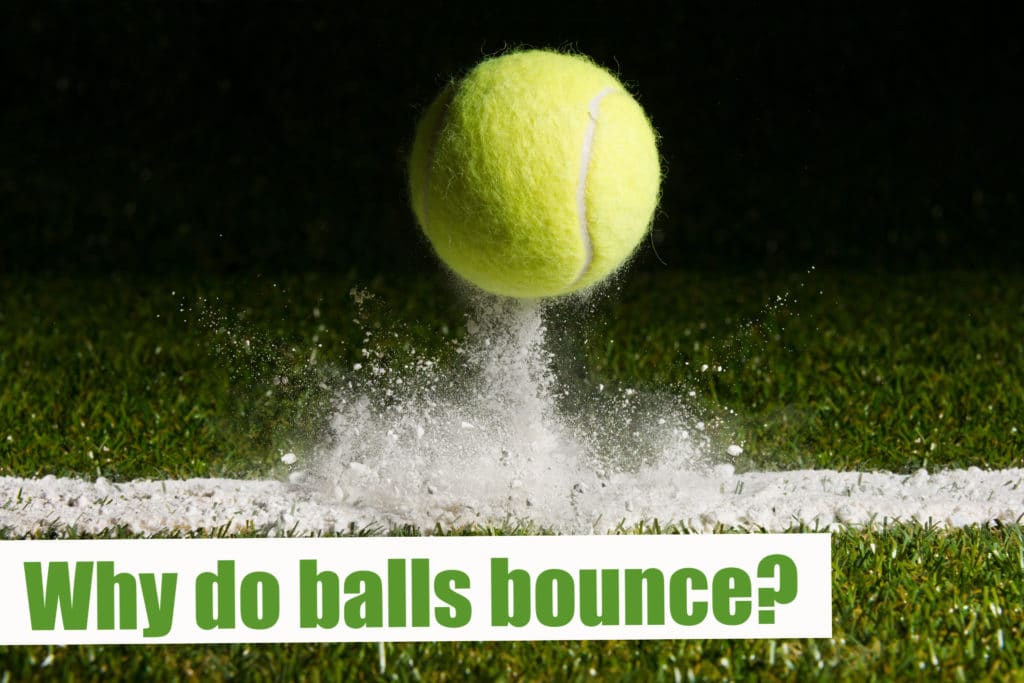
Last Updated on June 14, 2024 by Emma Vanstone
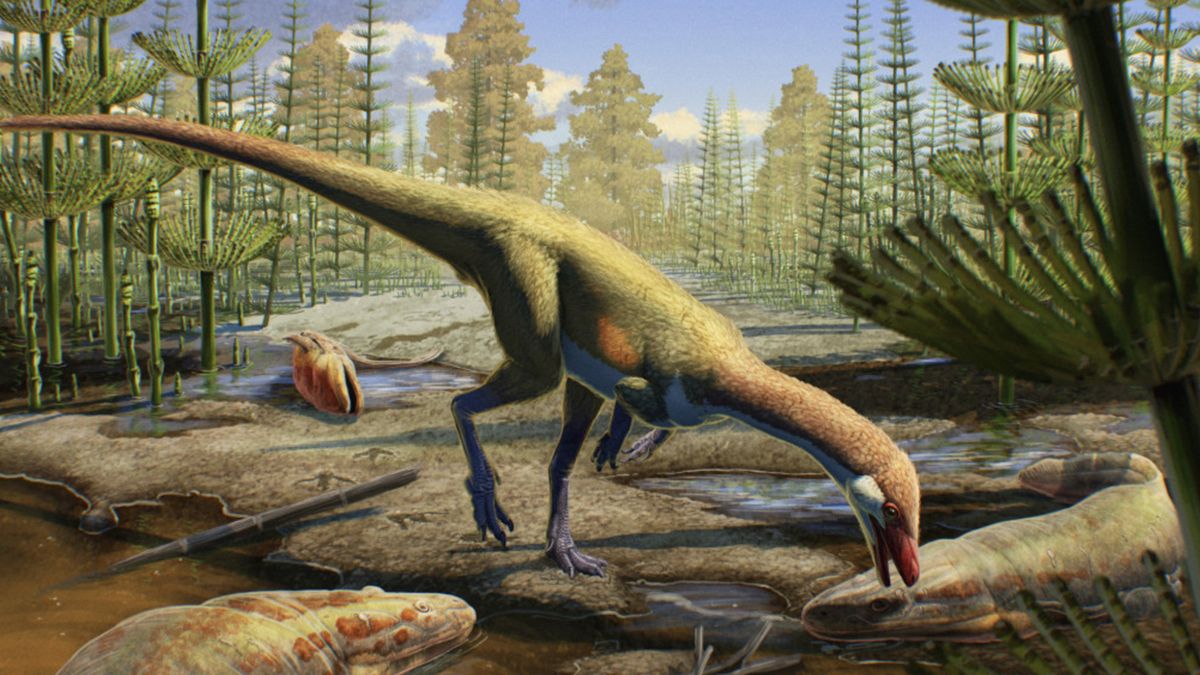







Leave a Comment